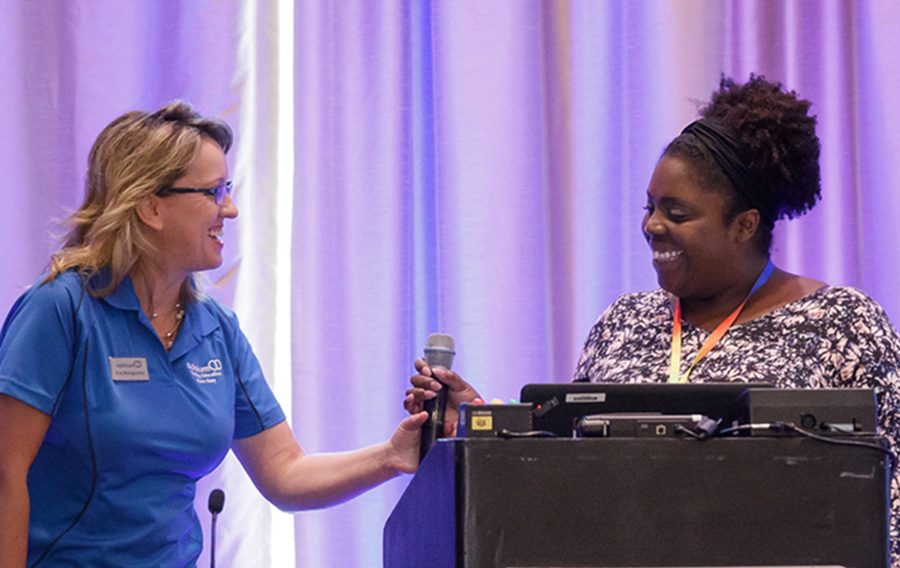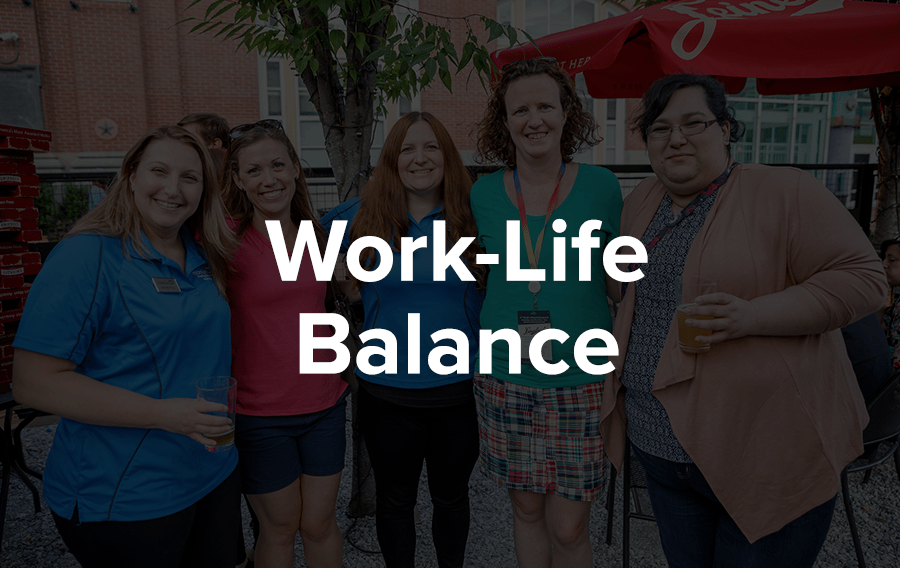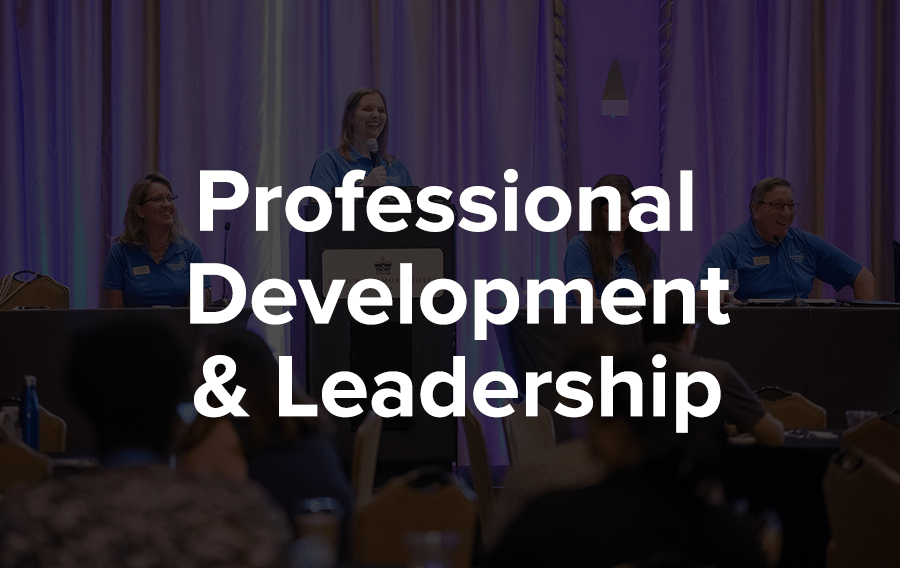3 Challenges Women Face In Advancing Their Event Tech Careers

Background
The recent controversy at Google underscores a persistent problem in the technology sector: Women remain significantly underrepresented at all levels. The results of a 2017 women in technology survey by ISACA.org tells part of the story — nearly 40% report gender bias in the workplace, 35% report unequal pay for the same skills, and 42% cite a lack of female role models as a barrier to success.
The dearth of gender diversity at the highest levels is also apparent in the event tech sector. I’ve seen it throughout my career as an event tech entrepreneur. It wasn’t a field I set out to enter — I never attended a trade show until after college. But once I became familiar with how events operated, I knew there had to be a better way, which led me to co-found CadmiumCD.
I recently spoke with Cathy Breden, EVP & Chief Operating Officer of the International Association of Exhibitions and Events (IAEE). She has also seen the lack of gender diversity firsthand. She estimates that women fill about 2% of C-level roles:
“In our sector, women tend to be on equal footing in operational positions but vastly outnumbered in the executive ranks,” Breden observes. “To their credit, many tech leaders understand they need to fully use the talents of the entire workforce to achieve the company’s potential.”
The Challenges
1. Lack of Business Contacts & Experience
The question is, how do we get from here to there? From my own experience as a woman in the technology field, I believe one of the biggest challenges women face is a lack of business contacts to obtain financing to start a business. Women tend to build contacts around their children’s school and sports activities, whereas men are more likely to network with business contacts. There are exceptions, of course, but that’s how networks typically evolve, which can put women at a disadvantage when it comes to financing.
The good news is, that may be shifting as non-traditional financing sources like crowdfunding augment traditional sources like banks and Small Business Administration loans. In the beginning of CadmiumCD’s history, for example, my husband and I bootstrapped the business with funds from our client work. We were able to leverage our earning power to create a startup.
The IAEE’s Cathy Breden suggests that another solution to the gender parity problem may already be in the pipeline as more women get advanced degrees and men take on a greater role in raising families. While it’s true that women’s enrollment lags behind men’s in technology fields, more women are reaching the executive ranks, and women’s economic power in industrialized countries has increased exponentially.
2. Work-Life Balance
Sometimes women have to get creative about making their personal and professional lives work. I faced that dilemma when I worked for a big corporation early in my career. My boss asked me to increase my travel time from 25% to 80% when I was expecting my second child. That much travel wasn’t feasible, so I ended up leaving and working for myself. That’s really when CadmiumCD became a prominent focus in my life, and the culture we’ve built takes these issues into consideration.
As a working mother, I’ve found that many of the contacts I’ve made through my children’s activities translated into business relationships. For example, two women I met through a mothers’ group now work for CadmiumCD and are great employees. I also make a point to network on a professional level, joining an entrepreneurs’ organization to gain insights into leadership and business issues.
Greater awareness of family leave programs can help people achieve work-life balance. Too few employees — men or women — are taking advantage of family leave programs, and many companies don’t offer them. But as millennials, an even larger generation than baby boomers, take on more leadership roles, this could change. Studies indicate that millennials value work-life balance more than previous generations, and future policies may reflect that.
3. Professional Development & Leadership Skills
Another issue many employees confront is how to move up within leadership ranks as they age. Employees who have focused on achieving work-life balance when they had children at home may be ready to take on more responsibilities once their nest is empty. They may also have the wisdom and patience to be excellent leaders, but may have missed out on vital opportunities by choosing family over work.
Men and women are equally capable of being great leaders, but whether via socialization or biology, they are likely to approach it in different ways. Women are more likely to network around family activities and approach problems in a collaborative way. There are exceptions to every rule, of course, but as IAEE’s Cathy Breden notes, “Women tend to be more interested in listening to different opinions before making a decision and more focused on teamwork, whereas men are often decisive and less collaborative.”
Final Thoughts
Both decisiveness and a capacity for collaboration are valuable traits in any leader. Empathy is important too, and leaders of any gender can hone those traits if they don’t come naturally. It’s also crucial for a leader to have the confidence to speak up. Many women struggle with that, especially when they are just starting out in their careers.
For women in event tech who are searching for their voice, Breden recommends the book “Own the Room,” by Amy Jen Su and Muriel Maignan Wilkins: “It offers a plethora of real-world examples and extensive practical advice for people who want to connect with others in an authentic, compelling way and find a ‘signature voice’ that enhances their leadership presence.”
The issue of women’s underrepresentation is technology in general and event tech specifically will likely be with us for years to come, but we can address it as companies and individuals. Women in leadership roles can mentor and encourage other women — and men too — in their professional development. And people who want to move up in their careers can develop their communication and leadership skills. It’s an important issue for all company leaders who want to fulfill their organization’s highest potential.
Next Steps?
I will be featured on a webinar panel hosted by TSNN, October 26th, 2017, 1-2pm ET. Join me, Dawn Repoli (WINiT), Donna Kastner (Retirepreneur), Johnnie White (AAO-HNS), and our wonderful moderator, Michelle Bruno (Event Tech Brief), as we discuss these issues and more. Sign up to attend “Female Forward: Hot to Build Organizations and Careers that Advance Women in the Event Industry” and join the discussion here.


